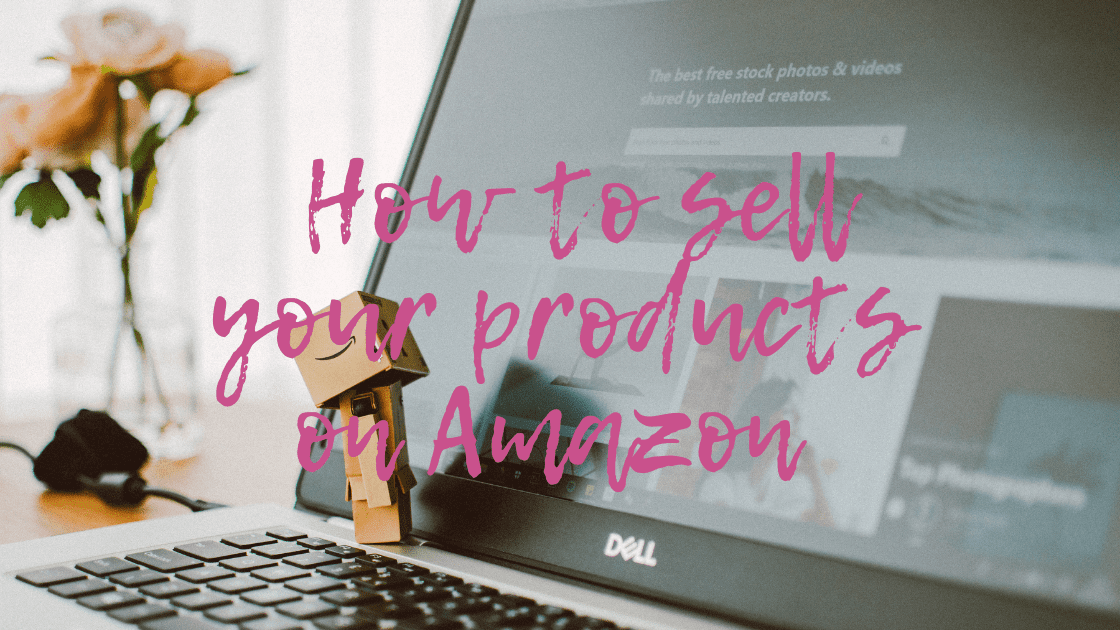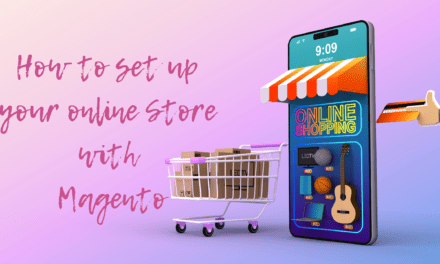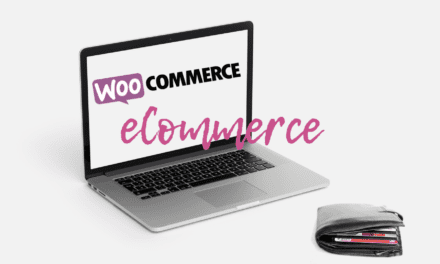As far as ecommerce is concerned, Amazon is the leading platform. It remains the number one online marketplace in the world. The ecommerce platform made one of its biggest sales in 2020, even with the pandemic. And it ranked the number one e-retail platform in the United States with a net sale of 386 billion US dollars in that same year.
The streak is still on, and it doesn’t look like they are going down anytime soon. Huge wealth is circulating among its stakeholders, and likewise among sellers that own ecommerce stores on the platform. Irrespective of their niche, they all had wonderful sales in the previous years, with electronic dealers topping the lists.
However, as profitable as ecommerce could get on Amazon, sellers are not getting enough branding options. Ecommerce on the platform would not put your business name out in the world. Shopify is the best ecommerce platform for branding, but it’s not as popular as Amazon. What if there is a way to use both together? Amazon and Shopify integration.
Amazon-Shopify integration is the act of linking your Shopify website to your Amazon store so that you can utilize the features of both platforms to sell more products and maximize your business profit. The integration will help you to sell your Amazon products on Shopify, and you will be able to sell your Shopify products to your Amazon buyers. Linking the two platforms together will also help deal with the lack of branding features on Amazon.
Reasons to consider Amazon and Shopify Integration.
-
Bigger market
The first benefit of Amazon and Shopify Integration is that it expands your market. Maybe you have only been doing Amazon or Shopify; getting on the other one will expand your reach. Another great thing about this is that you will be able to move products from one platform to the other. This means that you will have more products to sell on both platforms. Take a moment to think this through. It means you can sell Amazon products that are not available on Shopify.
-
It boosts your store SEO
For those that use Amazon, you would have realized that there are not many SEO options to optimize your store. There are limited ways to optimize your products for searches on Amazon. And if you eventually get it right, you will still be limited to the site. But Shopify offers more! With various SEO tools available on Shopify, you could easily make your store rank on SERPs.
Shopify gives your store an ecommerce website which means you have every SEO option available for sites at your disposal. Even more, as there are tools on the ground to help simplify the process and make your store success a reality.
-
Branding and Customization
A feature that Amazon lacks, but Shopify has like crazy. Shopify offers over 160 fully customizable website templates from which you can pick one and design with colors that will speak your brand. You have more control over the appearance of your store with Shopify. And you could do the same to your Amazon products when you have both platforms linked together.
-
Become a multichannel store owner
People love to buy from stores that have a presence on two or three ecommerce platforms. It shows that the sellers can be trusted and have a good business orientation. Having a store on Amazon and Shopify will help your business gain more confidence from online shoppers.
Also, it isn’t good to put all your eggs in one basket. With stores on multiple platforms, there will never be a time when your stores will be down due to website maintenance or errors. Even when one is down, the other will be up and running.
-
Use Amazon affiliate program.
Shopify’s affiliate program is not as product oriented as Amazon’s. It’s more like a referral program that you get a commission for encouraging a person to own a store on Shopify. Amazon affiliate program, on the other hand, is the use of other people’s marketing efforts to sell your products. And the affiliate earns a commission for selling a product on your behalf.
Linking these two platforms will help you to balance things up. You could make content to invite more sellers into Shopify, thereby earning commissions, and utilize the Amazon affiliate program to sell more of your products.
Requirements for Amazon and Shopify Integration
These are the requirements for linking your Amazon and Shopify stores.
- It’s essential that you have a Shopify store. Go ahead to the Shopify website and enter your email to begin the process. Create a unique store and arrange your products in their respective categories.
- You also need a seller account on Amazon. There are two types: Personal and Professional seller account. Choose the appropriate one based on your volume as if you sell over 40 products a month, the Professional account would be a good upgrade.
- Decide if you will be using the do-it-yourself option – Fulfilled By Merchant (FBM) or using Fulfillment By Amazon (FBA). The FBM is probably a good way to get started and move up to FBA as needed.
- You must accept the same currency on both your Shopify and Amazon stores. This means that if you sell in USD on Amazon, you must have a US Shopify account for the integration to happen.
- You need to ensure that you have unique product identifiers (ASIN) for all your products to have a smooth Amazon and Shopify integration.
How to Integrate Amazon with Shopify
Having seen the benefits of having Amazon and Shopify stores linked together. Let’s consider the step-by-step guidelines to perform the integration.
Step 1: Creation of an Amazon seller account
If you are yet to become a seller on Amazon, perhaps you have only been selling on Shopify. The first step is to have an Amazon seller account. To begin the process, proceed here and click on sign up. You will be taken to the login page, but as you are yet to have an account, click on “create an account.”
In there, you will put in all your registration details, including your name, email, and preferred password. You will be guided through some registration pages where you will input your business and contact address, mobile or telephone number, chargeable credit card, and identity details. It’s good to have all these details with you before you proceed with the registration.
Note: This professional seller account cost $39.99 per month
Step 2: Check for category approval
Now that you have an Amazon seller account, the next thing is to check and seek the approval of your products category. If they aren’t approved, feel free to reach Amazon customer support and do the needful to obtain the approval. It may involve additional fees, performance reviews, and other verifications.
However, the major categories that need approval are:
- Personal safety and household products
- Streaming media players
- Collectable coins
- Video, DVD, and Blu-ray
- Made in Italy products
- Watches
- Jewelry and more
You can check the full list here
Step 3: Add a supported app from the Shopify App store
The integration occurs by adding Amazon as a sales channel from your Shopify store. Now, let’s see how to do it.
- The first step is to login into your Shopify admin and click Apps
- Click on Customize your store
- Search for Amazon and select an app based on your requirements
- Click the “Add app” and you will be taken back to your Shopify store
- A page will display in response to the last action, and it contains information on the app details and permission.
- Review the details and click Add Sales Channel to complete the installation
- Click Connect to Amazon to finalize the integration.
- Follow the on-screen instructions to exchange important details between the two platforms- Amazon and Shopify.
Note: Older guides may indicate that Amazon can be added directly as a sales channel. That is no longer the case. Store owners that were using the Amazon sales channel received this notice:
“To continue using your Amazon account, install one of the new Amazon apps
On September 27, 2021, this current Amazon channel will no longer be available. To keep selling your products with Amazon, click to choose one of the new Amazon apps to install. Learn more about how to disconnect your Amazon account from this channel.”
If you go to the official Shopify guide it states: The Amazon sales channel is no longer supported. To continue selling on Amazon, you need to use a supported app from the Shopify App Store, such as Amazon by Codisto.
Step 4: Set universal product codes for your products
Before listing your products, you need to set a product to identify (usually UPC) to avoid future errors and problems. If you already have a UPC, you can use it. However, for those that are just joining Amazon, the way out is to purchase a UPC.
When purchasing, it’s better to go for the expensive UPC from an authorized GS1 seller. People often tend to buy recycled UPCs at a cheaper cost, and it mostly eventually leads to penalization from Amazon. They think of your business as fraud and suspend the seller. You may not need a UPC if you are already registered under the Amazon registry program.
Purchase a UPC and insert it as your product ID in the vital info section of the product listing page.
Alternatively if you are a brand owner, you can register your brand with Amazon and then you can create listings without GTINS by using the Amazon sales channel.
Step 5: Create product listings for your Amazon store
There is no need for this if you’re already a seller on Amazon and have your products perfectly listed in their corresponding categories. However, it’s a crucial step for new sellers on the platform. The amazing thing is that you can use Shopify to do this now that you have the two platforms connected. And as we know, Shopify is a friendly and easy-to-use ecommerce platform. You won’t encounter any problems or stress listing your products on Amazon.
You make the listing by selecting the Amazon sales channel that you installed earlier on Shopify, and navigate to Amazon, and then create a listing. Browse through the products on your Shopify store and select those that you want to list on Amazon.
Then, click select products.
But before then, you will have to choose whether the products are created by your company, or you are reselling for another manufacturer.
How do you make the selection? Click on “create listing” if the product is yours and “find products” if you want to sell other company’s products.
After selecting the products, fill in their details on the listing pages. Finalize this stage of the integration by publishing the details.
Step 6: Linking your existing Amazon listing with your Shopify store
Existing sellers on Amazon will find the product listing on the page titled “Amazon listings” on Shopify. However, you won’t be able to see the details on this page if your business is registered under the Amazon FBA {Fulfilled by Amazon) and Amazon SFP(Seller Fulfilled Prime).
If you have access to the page, start linking the products by clicking on the “Link Products.” Do this only for the products you want to sell on Shopify. The next thing to deal with is your product inventory. And you can manage the inventory setting either by using the manual method or through Shopify.
If you prefer the manual method, the system will further present you with three other options, which are;
- Allow Shopify to track your Inventory
- Prohibit Shopify from tracking your inventory
- Permit Shopify customers to buy your products even when they are out of stock.
You are to select one option from the three above. But know that the last two options will make Shopify set your inventory to a particular number. And this is because Amazon does not support an unlimited inventory.
Step 7: Arrange your payment option.
There are several payment options available on Shopify. You could use the Shopify payment, Cash payment, or Gift card payment option. For which choice you pick, follow the on-screen instructions and provide all the necessary requirements.
When you are through with all these steps, the next thing is to start selling. You can now sell your Amazon products to your Shopify customers. Also, all order details can be viewed on the order page.
Conclusion
Amazon Shopify integration is easy and straightforward. And it will do your business a lot of benefits. Think about all you stand to gain; a huge market on Amazon and a friendly and seamless selling environment on Shopify; it’s going to be a wonderful experience for your business.








